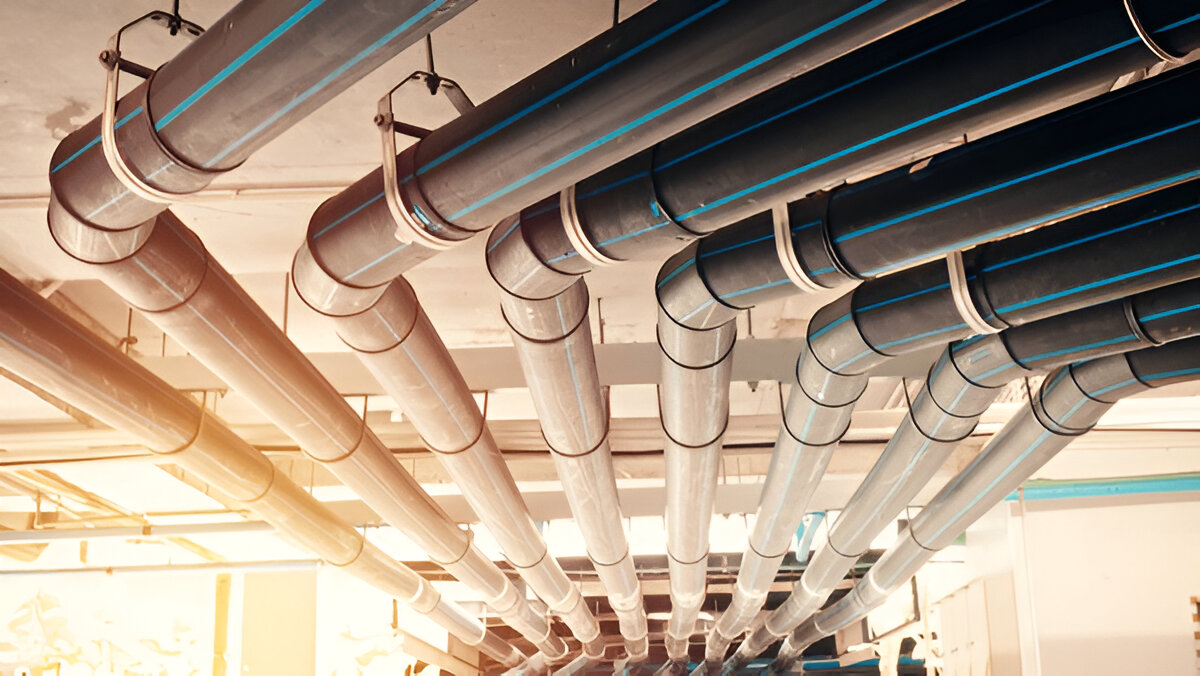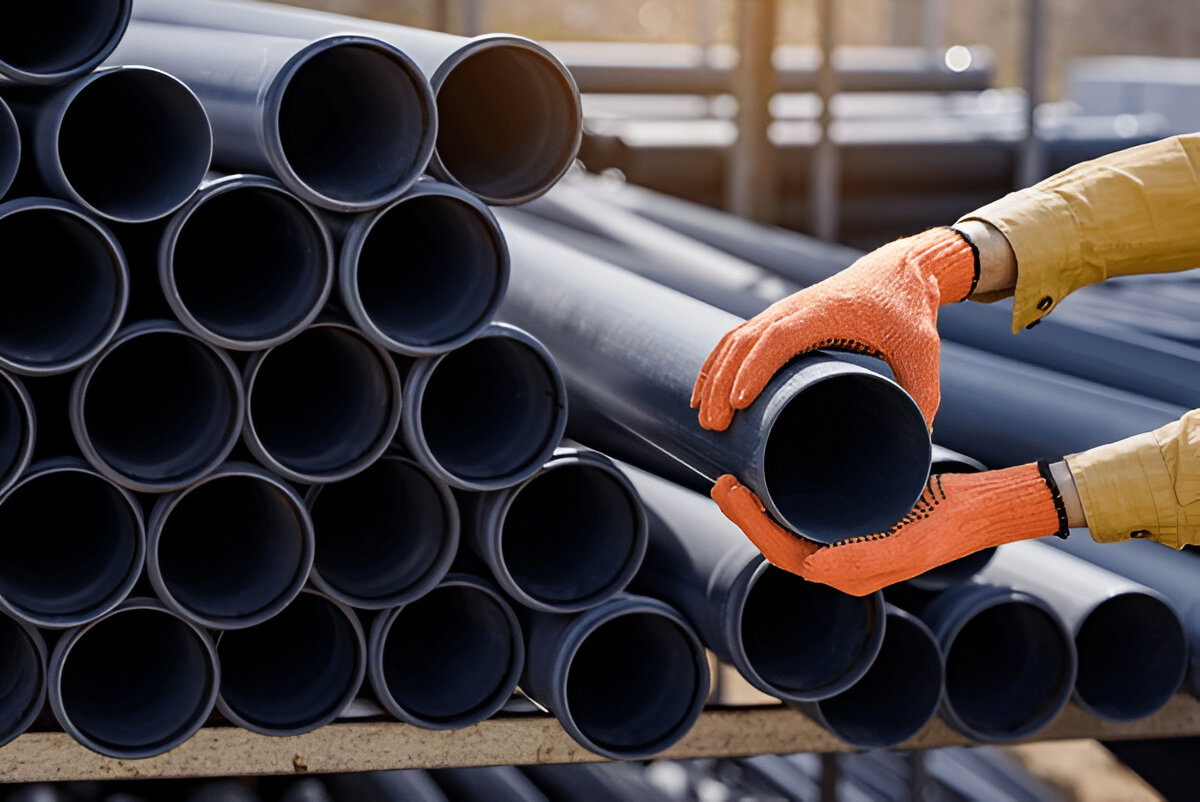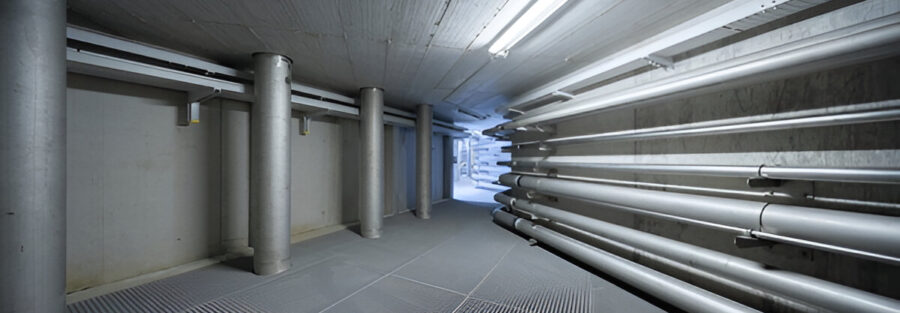How to Choose the Right Piping System for Your Project?
Ever found yourself confused by the endless options of plastic pipes for your project? Be it for construction, plumbing, irrigation, or industrial use, choosing the right piping system is more than just a decision—it’s the foundation of your project’s success. The wrong choice can lead to leaks, inefficiencies, costly repairs, or even safety risks. But don’t worry! This guide will walk you through everything you need to know so you can confidently select the perfect piping solution without second-guessing. Let’s dive in!

A Step-by-Step Guide to Selecting the Ideal Piping System
Selecting the right piping system is crucial for any project. Here’s a comprehensive guide to help you make an informed decision:
1. Understand Your Project Requirements
The first step in selecting a piping system is understanding the specific requirements of your project. Ask yourself:
- What will the plastic pipes transport? (e.g., water, chemicals, gas)
- Where will the pipes be installed? (e.g., underground, indoors, exposed to sunlight)
- What is the scale of the project? (e.g., residential, commercial, industrial)
Knowing these details will help you narrow down the materials and specifications you need.
2. Evaluate Pipe Material Options
There are various materials available for piping systems, each with its unique features and benefits. Let’s take a look at some common options:
PPRC (Polypropylene Random Copolymer)
Features:
PPRC pipes and fittings are known for their heat resistance and durability. They are lightweight and easy to install, making them popular for residential and commercial plumbing systems. These plastic pipes are also resistant to scaling and corrosion.
Applications:
Ideal for hot and cold water systems, central heating systems, and industrial applications where chemical resistance is required.
Schedule 40
Features:
Schedule 40 pipes and fittings are made of PVC and are characterized by their thick walls, which make them suitable for high-pressure applications. They are resistant to impact, corrosion, and chemical damage.
Applications:
Commonly used in industrial systems, water supply lines, and irrigation projects that demand higher pressure tolerance.
UPVC (Unplasticized Polyvinyl Chloride)
Features:
UPVC pipes and fittings are rigid and durable, offering excellent resistance to chemicals and UV radiation. They are lightweight, non-toxic, and cost-effective, making them popular for different applications.
Applications:
Perfect for water distribution, drainage systems, and electrical conduit installations.
HDPE (High-Density Polyethylene)
Features:
HDPE pipes and fittings are flexible, lightweight, and incredibly durable. They can withstand high pressure, extreme temperatures, and UV exposure. HDPE pipes are resistant to corrosion, chemicals, and abrasion, ensuring long-term reliability.
Applications:
Commonly used for irrigation systems, underground installations, industrial projects, and water supply systems.
PVC (Polyvinyl Chloride)
Features:
PVC pipe fittings are lightweight, cost-effective, and easy to work with. They are resistant to corrosion, chemicals, and weathering. However, they are not suitable for high-temperature applications.
Applications:
Widely used for drainage systems, irrigation, and low-pressure water supply systems.
3. Consider Durability and Longevity
The lifespan of your piping system is a crucial factor. Opt for materials that can withstand the specific conditions of your project. For example, if the plastic pipes will be exposed to harsh weather conditions or chemicals, choose corrosion-resistant materials like HDPE or PVC. Investing in durable pipes will reduce maintenance costs and extend the life of your project.
4. Evaluate Pressure and Temperature Requirements
Different piping systems are designed to handle specific pressure and temperature ranges.
- For high-pressure applications, such as industrial water or gas systems, HDPE pipes and fittings are excellent choices.
- For hot water systems, opt for CPVC or PPR pipes, as they can withstand higher temperatures without degrading.
5. Assess Installation Conditions
The installation environment can seriously impact the type of plastic pipes you choose.
- For underground installations, flexibility and resistance to soil conditions are important. HDPE pipes are a popular choice for such applications.
- For above-ground installations, UV-resistant pipes like HDPE or specially treated PVC pipes are ideal.
- In indoor settings, lightweight options like PPR or CPVC are easier to handle and install.
6. Focus on Cost-Effectiveness
While it may be tempting to choose the cheapest option, it’s essential to consider the long-term value of the piping system. Factors like durability, maintenance, and installation costs should be factored into your decision. For instance, HDPE pipes and fittings may have a higher upfront cost, but their longevity and low maintenance make them a cost-effective choice in the long run.
7. Consult Experts
If you’re unsure about the best piping system for your project, consult professionals or manufacturers for guidance. They can provide valuable insights and recommend solutions based on your project requirements, budget, and environment.

In Search of Premium Plastic Pipes?
Adamjee Durabuilt is Pakistan’s largest ISO 9001-2008 certified manufacturer of plastic pipes and fittings, providing a complete system for every project. Whether you need PPRC, Schedule 40, UPVC, HDPE, or PVC pipes, our high-quality solutions ensure durability and efficiency. Don’t settle for less—upgrade to Adamjee Pipes today and experience the reliability you’ve been missing! Explore our range now!
To Come to the Point
Choosing the right piping system for your project involves evaluating different factors, including material, durability, installation conditions, and cost-effectiveness. By understanding your project’s requirements and considering long-term performance, you can make an informed decision that ensures the success of your project.
No matter you are working on a small-scale residential project or a large industrial setup, take the time to research and select the piping system that aligns with your goals. A well-chosen piping system will save you time, money, and headaches in the long run.



